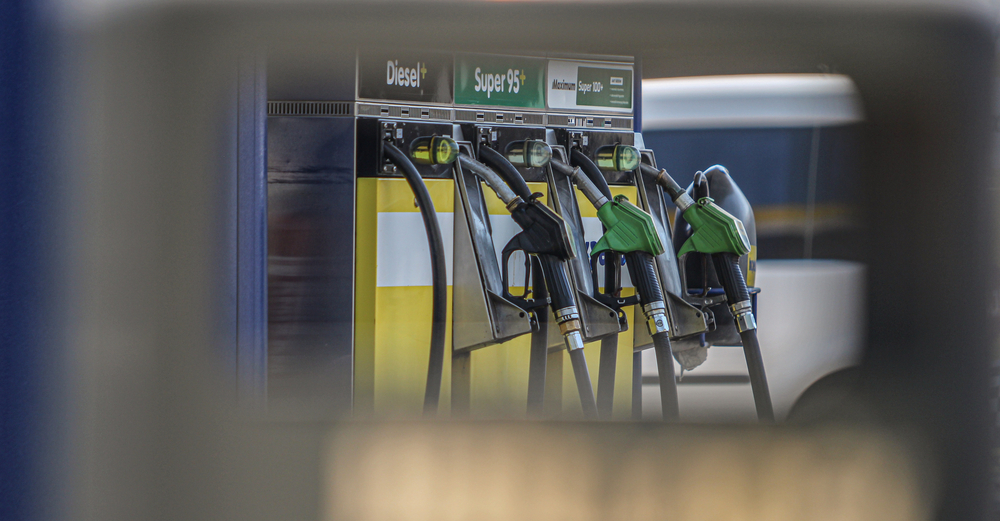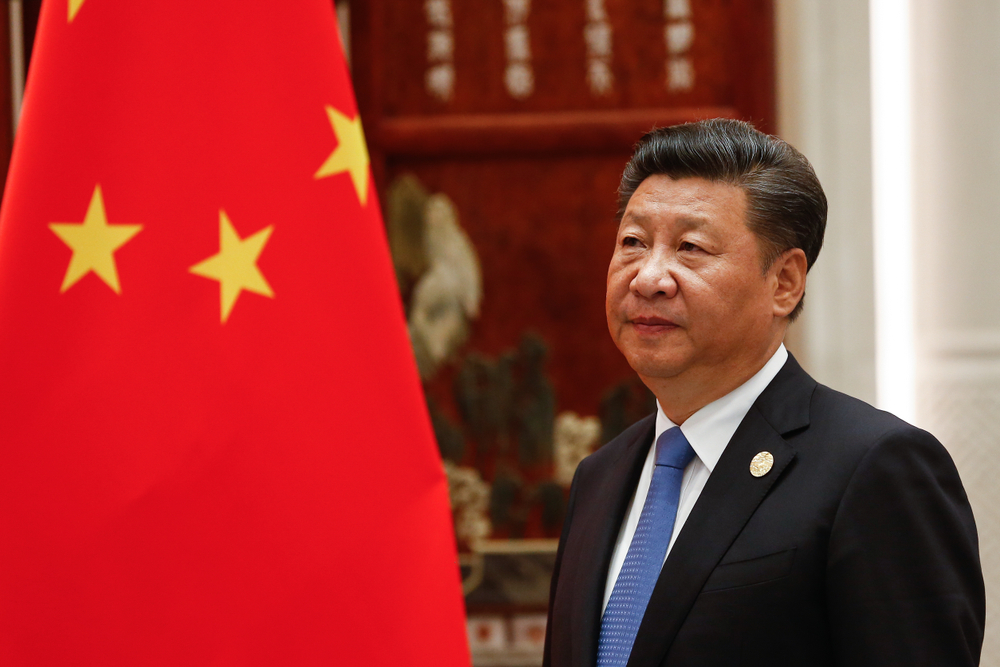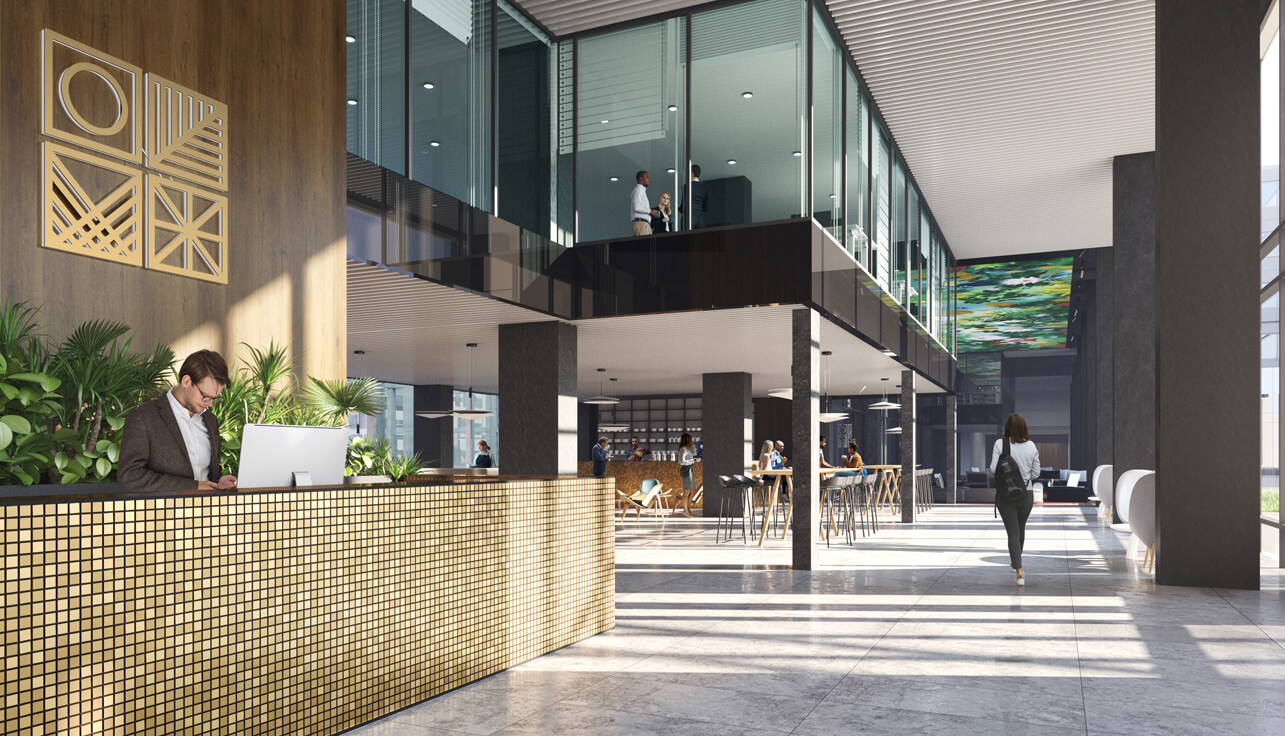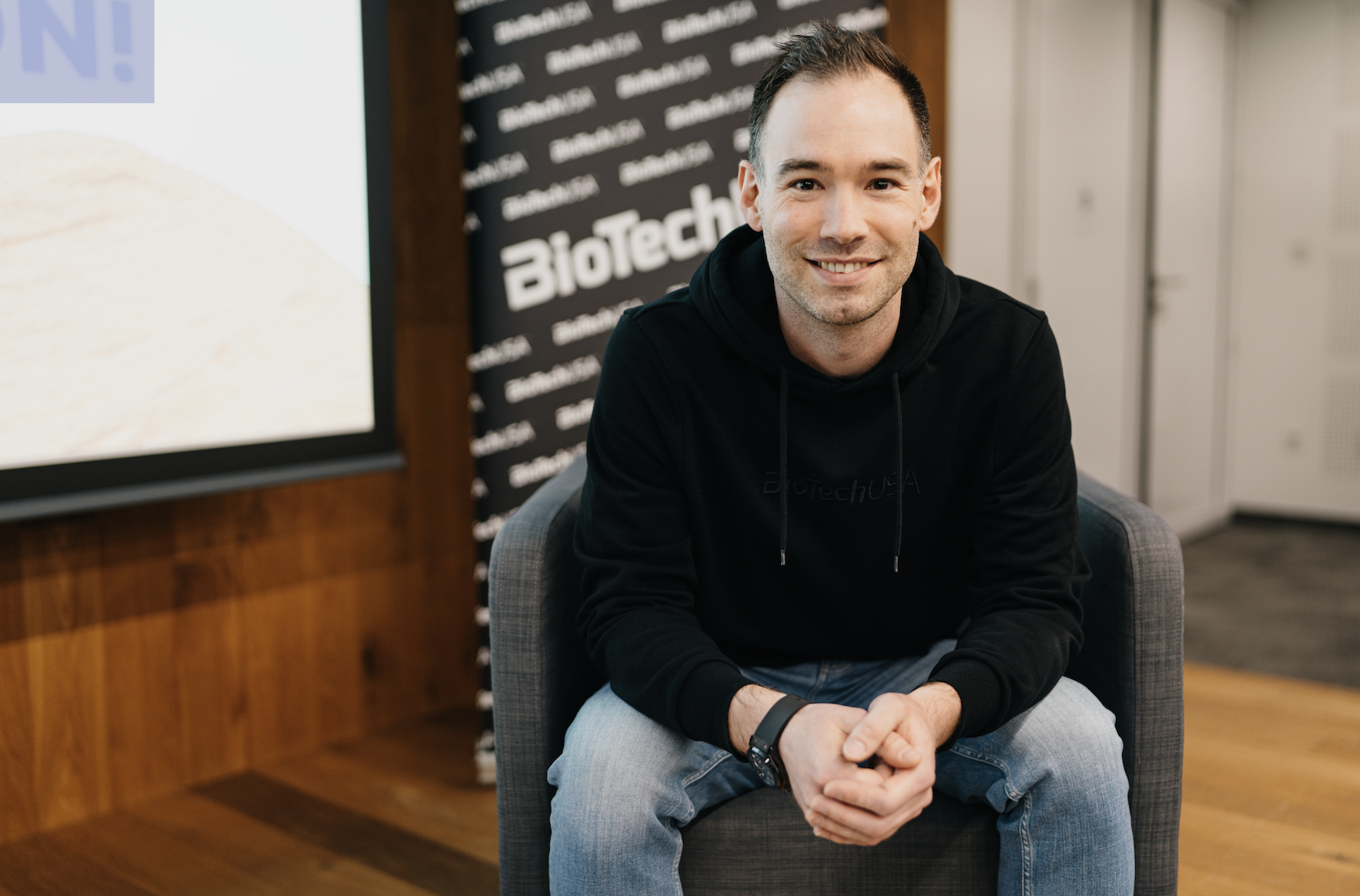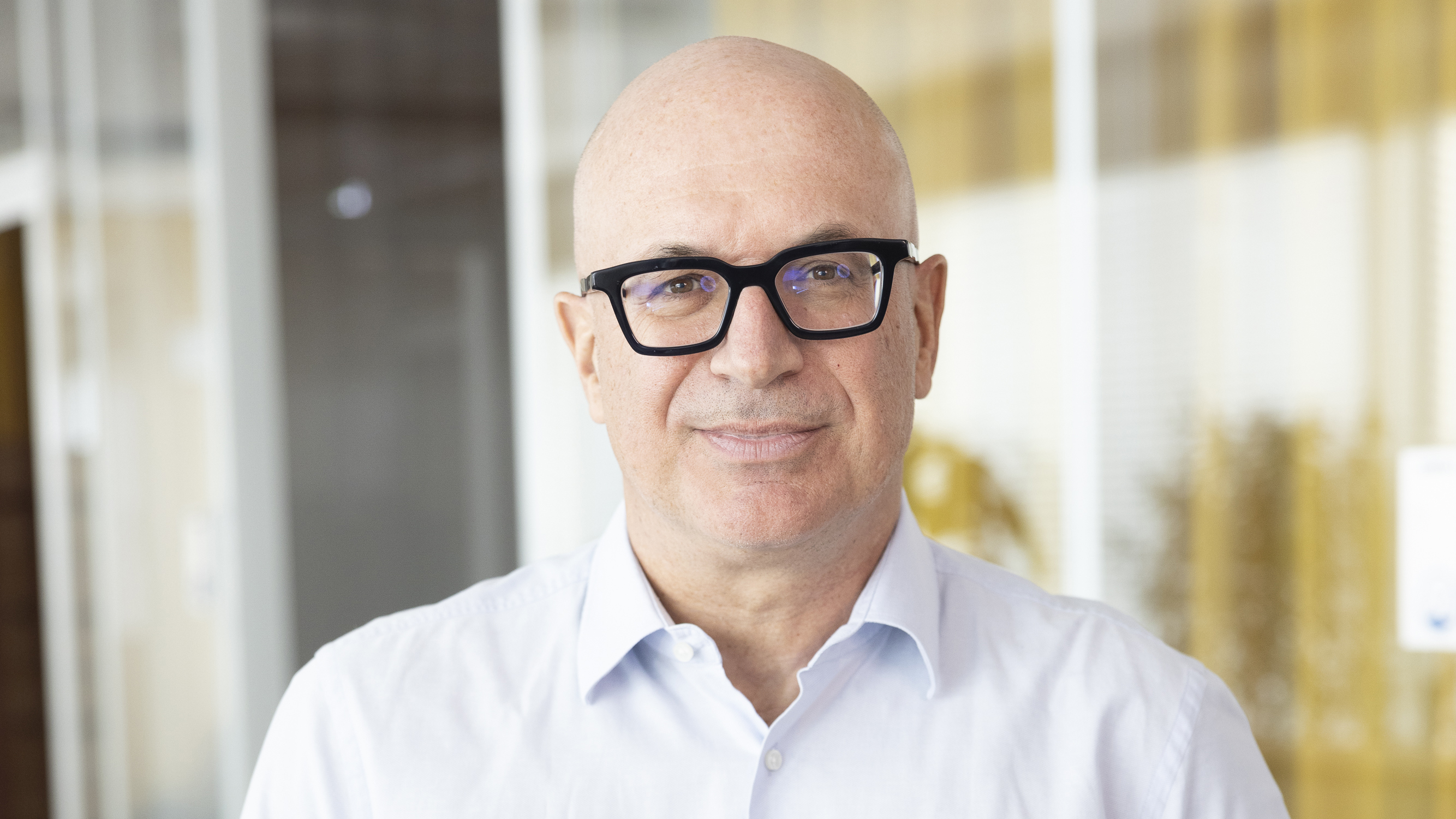The Runway to Success: ‘Putting Quality at the Heart of Every Decision’
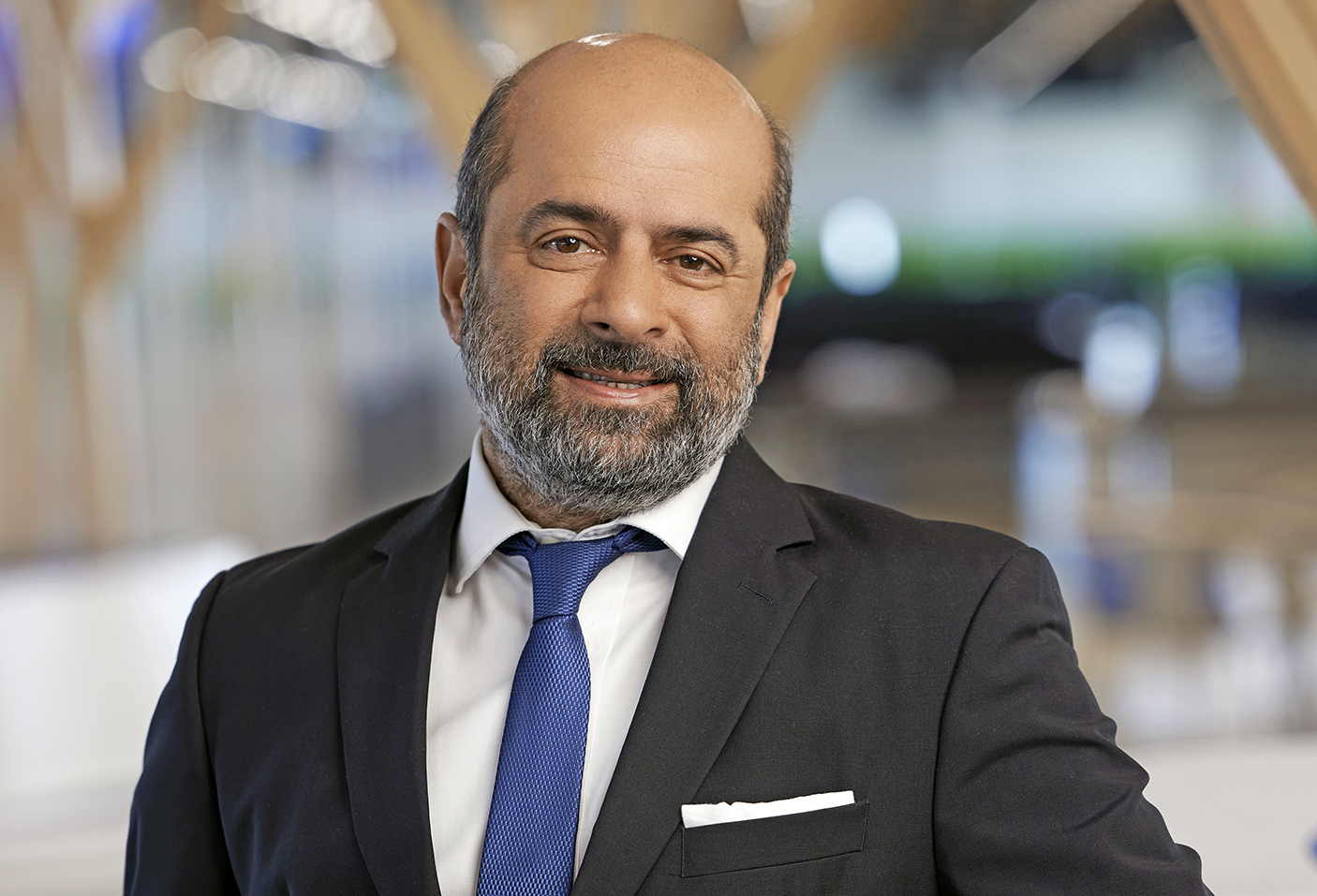
Kam Jandu returned to Budapest Airport as CCO in July 2022 and has been CEO since May 2023.
Photo by Budapest Airport.
Kam Jandu, the chief executive officer of Budapest Airport (BUD), the operator of Ferenc Liszt International Airport, discusses how innovations, alongside investments, careful planning and a determination to listen to and learn from passenger feedback, are helping propel growth for the business and, by extension, the whole country.
Budapest Business Journal: In May, BUD announced a profitable fiscal year in 2022 after two years of nearly zero returns due to pandemic lockdowns. How are revenues in the first nine months of 2023 compared to last year?
Kam Jandu: Our revenues are in line with our expectations so far this year, mainly due to the continued growth in passenger traffic. We had a very strong summer, around 9% away from pre-COVID numbers. The spring and, fortunately, the autumn seasons have also been in line with our forecasts. These results mean that the company’s financial position is back to a healthy level for now.
However, as this is a capital-intensive business, strong years are few and far between. We have also had to wrestle with the impact of high inflation since 2022, as well as the introduction of the so-called “extra profit tax,” recently changed to an aviation tax on airlines, at a time when most of them were struggling.
BBJ: Was BUD able to use the “quiet” lockdown period to make developments at the airport?
KJ: In my opinion, you should try to make the most of every situation, whether we are talking about a company or an individual. COVID was stressful for us in many ways, the most profound crisis that Budapest Airport has ever experienced in the last 73 years. Not only because 99% of our revenues disappeared overnight but also because of the psychological aspects affecting our colleagues. This was the time when we needed to pull together as a management team the most to motivate our colleagues, despite the layoffs and the airport coming to a halt for months, and not to give up our earlier principles and objectives ourselves.
The fact that, despite years of losses, we continued to move forward and develop during the pandemic was mainly due to determined perseverance and our financially committed owners. We said we would look after quality and our reputation, even if we could not make a single euro cent in revenue. We carried out the works and the developments, which would not be possible with a functioning airport, due to lack of time and because of planning issues. Aircraft stands cannot be refurbished when traffic is booming, just as flooring cannot be replaced in the terminal building when tens of thousands of passengers pass through every day. We moved forward with developments that could be implemented comfortably at that time. We started this investment campaign in 2019, and we have exceeded HUF 100 billion spent on airport developments by now.
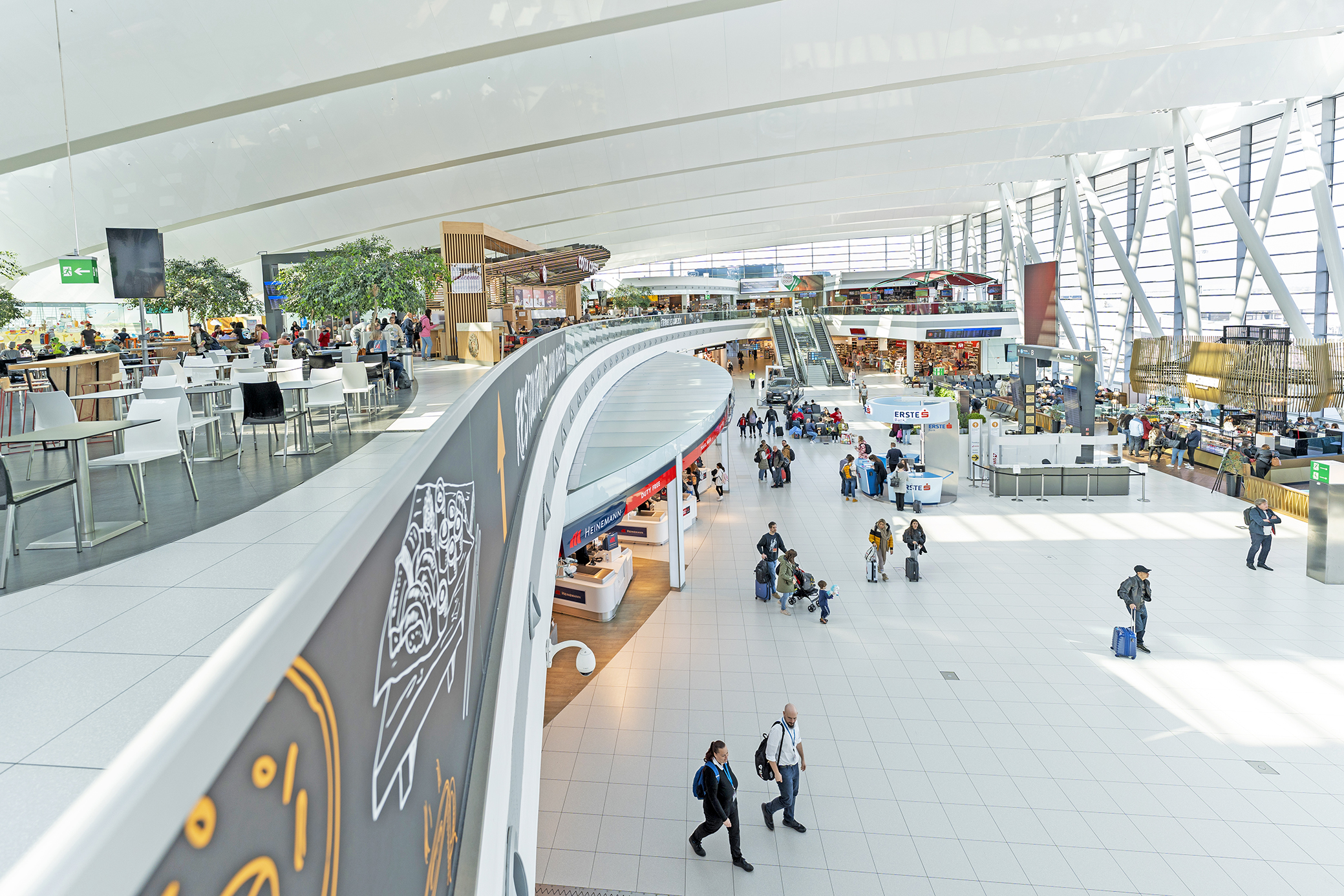
The foodcourt in the SkyCourt overlooking the main passenger concourse.
BBJ: Earlier this year, BUD’s rating was upgraded from three stars to four. What does that mean, apart from providing better services for passengers?
KJ: In a nutshell: Mindset and investment. If you want to produce quality, you have to approach it with the right attitude supported by a willingness to spend. You have to change your mindset to put quality at the heart of every decision you make. It must drive the way a company operates; this is the be-all and end-all. BUD management devised a new strategy in 2021, built around improving quality, so this became part of our DNA and cascaded throughout the mindset of all colleagues.
Everything else is built on it, but it also means something else: building trust. For us, the users are the passengers themselves, and their opinions, feedback and experiences are essential. If they say something can be improved, then that needs to be listened to and done differently. We are constantly monitoring passenger opinions, from the moment someone arrives in the car park to the moment they board the aircraft. In other words, we can see exactly from the feedback where in the passenger flow we need to intervene.
In addition, this industry is constantly changing and moving, with new trends and new expectations appearing all the time. We are trying to incorporate most of the good practices at home, and in more than one case, we are pioneers ourselves and are being copied by other airports. To achieve a four-star rating, we had to meet extensive criteria, assessed by independent bodies, and, of course, validated by passenger feedback, which means that the strategy is paying off. This is how aviation works.
BBJ: Passengers want fast security and ID checks at airports. How is BUD addressing this?
KJ: This is one of the areas we are very proud of and one that scores the highest in passenger satisfaction surveys. We have always been at the forefront in terms of waiting times for security screening, and this summer’s figures confirm this. During the busiest period, in other words, during the summer peak, 86.6% of passengers waited less than five minutes, and the maximum time did not exceed 10 minutes. This is due to process management, capacity and modern technology.
In April this year, we installed two new security screening lanes, which represented an 11% capacity increase alone. We also use modern X-ray machines to screen hand baggage, whereby small electronic devices, such as mobile phones, tablets, laptops, hairdryers, etc., no longer need to be taken out of luggage for screening. The issue of carrying liquids on board is also on the agenda, and we have already tested CT equipment that is capable of checking this. The first step would be to try them when Terminal 1 [re]opens, but in parallel, we are also working on a technical study to introduce this new technology at Terminal 2. As mentioned, with process times already amongst the best in the industry, the introduction of CT equipment will lead to an even better passenger experience.
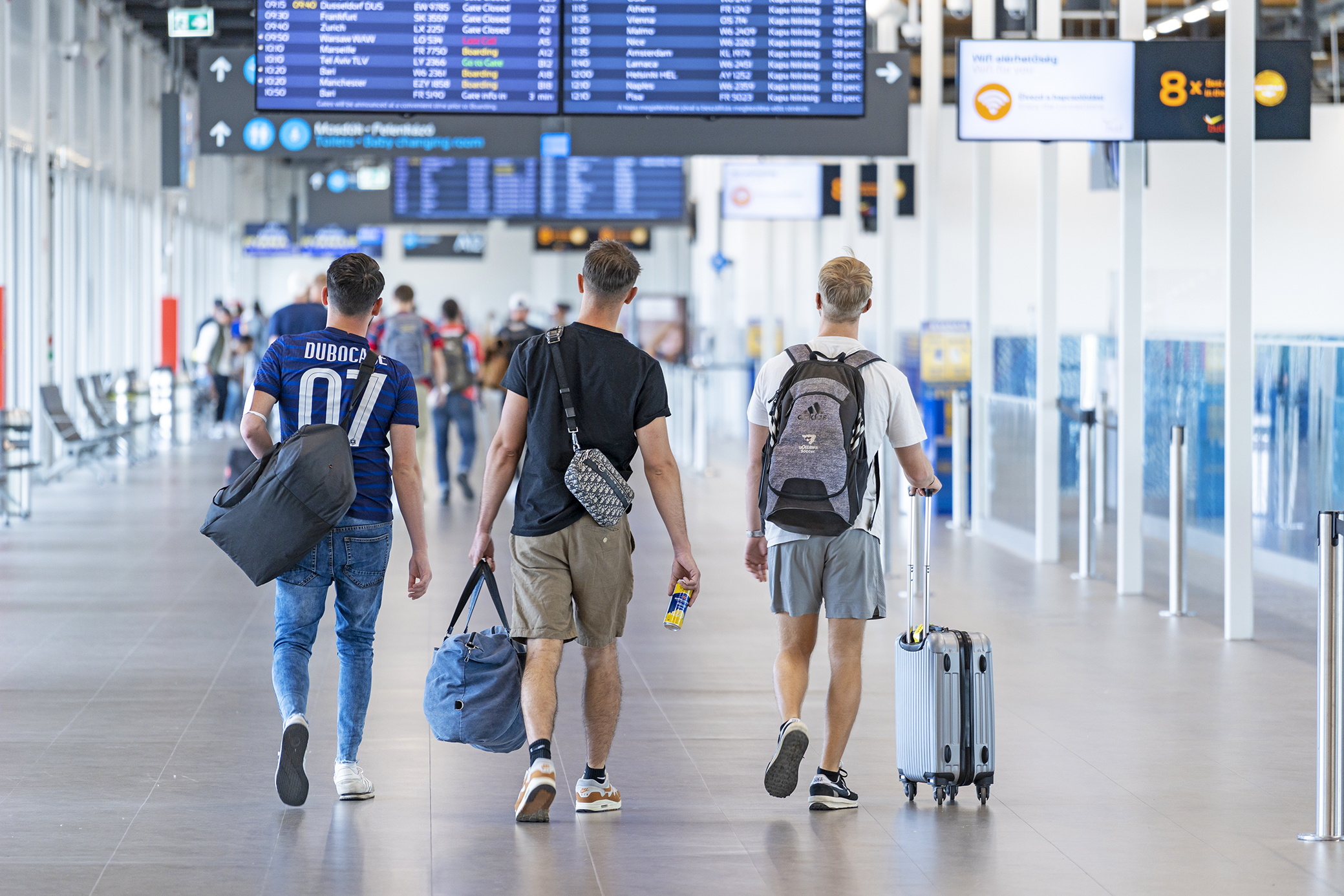
Follow your dreams. Holidaymakers head for their boarding gate.
BBJ: MOL and Wizz Air are testing sustainable aviation fuel (SAF) at BUD. What are the pros and cons of this fuel?
KJ: The use of so-called SAF results in lower greenhouse gas emissions over the entire lifecycle than with fossil-based aviation fuels. Mature technology is already available for the type of SAF currently in widespread use. It can be blended up to 50% with conventional kerosene, and tests are underway for higher blending rates. Its advantage is that it does not require any modifications to existing infrastructure and aircraft, and its suitability can be fully quality controlled and certified. SAF is generally derived from renewable biomass or sustainable raw materials, so a wide range of biomass sources can be used, such as used oils, organic waste, plant waste and agricultural residues, as well as micro-organisms.
However, the disadvantage is that there is currently no SAF production in our region. Its availability is, therefore, significantly limited, and access to large quantities of raw materials in the future is also questionable. The price of SAF products available on the market is much higher than that of fossil fuels (around 2.5-4 times), so the increasing use of SAF will likely lead to a significant increase in airline costs and, therefore, ticket prices.
Using SAF is [more] environmentally friendly, but it will still have some impact on the climate, as CO2 will still be produced when it is burned. The fact that other technologies are being developed and tested in parallel is also not conducive to its widespread use, making SAF-related investments risky in the eyes of some market players, but, of course, we are ready to accommodate any positive changes that lead to more sustainable outcomes.
BBJ: What new developments are on the BUD roadmap for the near future?
KJ: Developments are continuous, but the two “big ticket” projects are still to come. One is the reopening of Terminal 1, which would enable an additional four to five million passengers to be served in comfort and high quality, and the other is the construction of Terminal 3. The latter will make it possible for the airport to reach a capacity of 30 million by the end of the decade. At the same time, the redevelopment of Terminal 2, a new hotel, a multistory car park and the so-called ground transportation center will be completed. These will be some of the largest and most complex developments in the country, with an investment currently estimated to exceed EUR 1 billion, based on international benchmarks.
However, the implementation of our capacity expansion programs is not only beneficial for the airport; it is also important for the entire Hungarian economy. More passengers mean more tax revenues, more jobs, and more GDP growth for the national economy as a whole, and especially for the tourism industry. In ten years’ time, we will welcome passengers to a very different airport, but one that will still be focused on delivering a high-quality passenger experience.
Biography Box
In May 2023, Kam Jandu took over as CEO of Budapest Airport (BUD), the operator of Budapest Ferenc Liszt International Airport, having previously served as chief commercial officer from July 2022. Immediately prior to that, Jandu had been a management executive at Munich Airport International in Bavaria, Germany, a post he took up in May 2021.
Jandu’s move to Budapest in the summer of 2022 was very far from his first experience of the capital or its airport, however. He spent more than a decade with BUD from July 2009 to May 2021, first as executive director of aviation (July 2009-September 2013) and then as CCO (September 2013-May 2021), the role he returned to.
Prior to his airport career, he founded an organizational consultancy, JaZZella Consulting, was general manager for U.K. sales at British Midland Airways Ltd. (April 2007-February 2009), and director of sales for Star Alliance Services GmbH (January 2004-March 2007). He began his career in the car rental business in 1990, holding positions at Budget and Hertz.
In July, the Budapest Business Journal interviewed Jandu and asked about his return to the airport. “Budapest has been my home for almost a decade and a half now, and Budapest Airport has grown on me and become part of my everyday life,” he told the newspaper. “I never thought of my positions at Budapest Airport as mere jobs but as a vocation, a commitment. Once you get a taste of the unique world of the airport, it is very difficult to leave. In addition, we have taken on a lovely challenge with our shareholders to make Ferenc Liszt International Airport the best in Europe.”
This article was first published in Invented in Hungary 2023-2024 on November 3, 2023.
SUPPORT THE BUDAPEST BUSINESS JOURNAL
Producing journalism that is worthy of the name is a costly business. For 27 years, the publishers, editors and reporters of the Budapest Business Journal have striven to bring you business news that works, information that you can trust, that is factual, accurate and presented without fear or favor.
Newspaper organizations across the globe have struggled to find a business model that allows them to continue to excel, without compromising their ability to perform. Most recently, some have experimented with the idea of involving their most important stakeholders, their readers.
We would like to offer that same opportunity to our readers. We would like to invite you to help us deliver the quality business journalism you require. Hit our Support the BBJ button and you can choose the how much and how often you send us your contributions.


